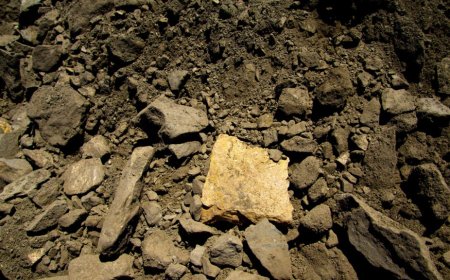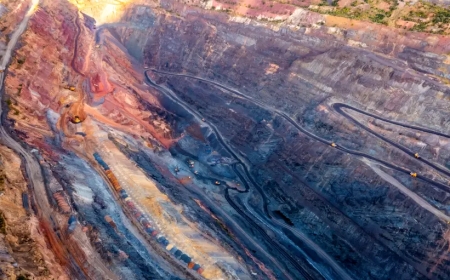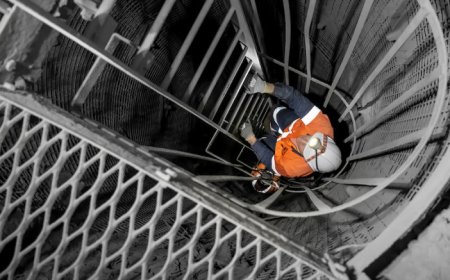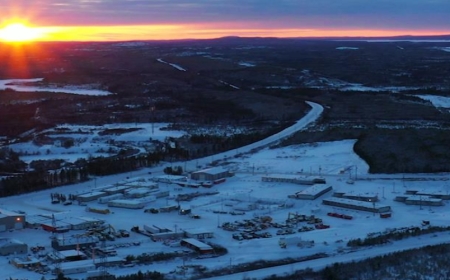Marathon Gold drills more high grade at Valentine’s Berry deposit
Marathon Gold (TSX: MOZ) says it has intersected new gold mineralization during infill drilling at the Berry deposit, part of its Valentine gold project in central Newfoundland.
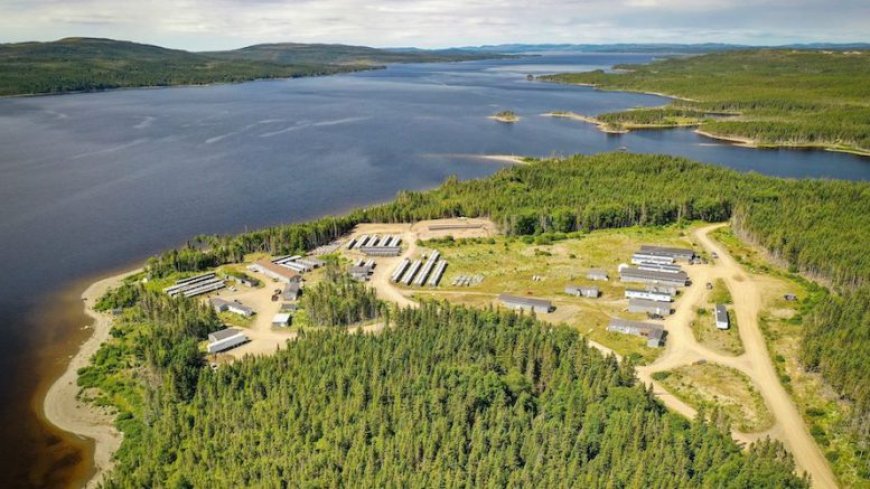

A total of 21,039 metres of drilling across 26 holes were completed last year, and Marathon notes the results demonstrate potential to add more ounces to the mine plan.
The three most notable assays (all uncut) include:
- VL-20-882 EXT cut 1.96 grams gold per tonne over 26 metres including 25.79 grams gold over 1 metre; and 5.96 grams over 8 metres including 22.89 grams gold over 2 metres; as well as 1.59 grams over 13 metres including 10.93 grams over 1 metre.
- VL-22-1274 cut 1.88 grams gold over 20 metres, including 14.23 grams over 1 metre, and 0.96 gram gold over 36 metres; and 1.29 gram over 16 metres, including 12.77 grams gold over 1 metre.
- VL-22-1262 cut 30.03 gram gold over 1 metre, and 13.36 gram also over 1 metre.
“With this final batch of 2022 Berry drill results, we continue to see intercepts of high-grade mineralization outside of Berry’s currently modelled mineralized domains,” Marathon President and CEO Matt Manson said in the release. “The 2022 in-fill drilling at Berry has been very successful in delivering new areas of mineralization, and supports our assessment that additional mineable ounces remain to be delineated within the scope of the project’s current mine plan.”
Berry is located between the Marathon and Leprechaun deposits, envisioned as the three open pits at the site.
In a research note on Thursday, Canaccord Genuity mining analyst Michael Fairbairn wrote that the in-fill results are further evidence of the project’s potential exploration upside.
The analyst views Valentine as one of the top developer-owned gold projects in Canada, possessing a rare combination of substantial near-term production, low operating costs, reasonable capital costs, and an extended mine life.
Fairbairn forecasts first gold for Valentine by 2025 (in line with Marathon’s updated feasibility study) producing about 180,000 oz. of gold annually. Cash costs are forecast at $965 per oz. and all-in sustaining costs at $1,140 per oz. over a 14-year mine life.
He also estimates strong economics for the $448-million project, with a $1.2-billion net present value based on a 5% discount rate, and a 32% internal rate of return at Canaccord’s long-term gold price of US$2,048 per oz.
In its updated feasibility study late last year, Marathon put proven and probable reserves at 2.7 million oz. of gold in 51.6 million tonnes grading 1.62 grams gold per tonne, up 31% in ounces, 10% in tonnes, and 20% in grade compared to the previous feasibility study of April 2021.
Total measured and indicated resources for all zones are 64.6 million tonnes grading 1.90 grams gold for 3.96 million contained ounces. There are also 20.8 million tonnes of inferred resources grading 1.65 grams gold for 1.1 million oz. of gold.
Marathon announced the start of early construction activity last October.

The Valentine plan calls for the mining of the three pits over a period of 14.3 years. About 200,000 oz. of gold will be produced in each of the first three years.
Marathon shares dipped by 4.7% Thursday in Toronto, reaching $1.01 by late afternoon. Its shares have traded in a 52-week window of 72¢ and $3.21, giving it a market capitalization of $399.7 million.
